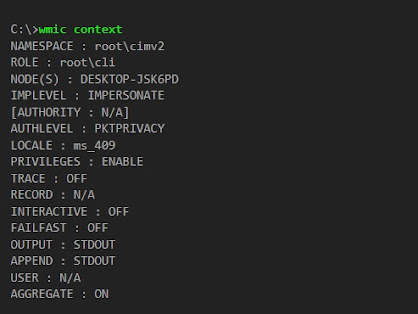Computer Network Terms
Internet Group Management Protocol (IGMP)
A protocol used by Internet hosts to report their multicast group memberships to any immediately neighboring multicast routers. It is required to be implemented by all hosts wishing to receive IP multicasts. IGMP messages are encapsulated in IP datagrams. Multicast protocols are important when you are trying to reduce or limit broadcast traffic on network. Multicast protocols also come into play if someone is trying to run broadcast video training over the network to specific students distributed across a multi-segment network. Instead of the video stream being broadcast to everyone, the video stream is only addressed to particular PCs.
Internet
The Internet is a worldwide network composed of government, academic, commercial, military and corporate networks spanning the world.
The Internet was originally developed for the U.S. military and then became widely used for academic and commercial research. Users accessing the Internet can read and download data on virtually any subject from almost anywhere in the world.
Internetwork
A collection of networks (that may be dissimilar in type) interconnected by routers, gateways, or other devices, so that they can function as a single, large network. Sometimes called an internet, which is not the same as the Internet (the World Wide Web).
Intranet
Intranets are internal, private networks used by companies and academic institutions worldwide. Intranets are secure from public access and serve as databases of information in the same format as that used by the World Wide Web.
IP
Internet Protocol. IP is a layer 3 network protocol (of the OSI reference model) that is the standard for sending a basic unit of data (an IP datagram) through an internetwork. IP is part of the TCP/IP set of protocols describing the routing of packets to addressed devices.
IP address
The Internet Protocol address is the network layer address of a device assigned by the user or network administrator of an IP network. An IP address consists of 32 bits divided into two or three fields: a network number and a host number or a network number, a subnet number, and a host number.
IPX
Internet Packet Exchange. A communications protocol devised by Novell for Novell NetWare. IPX packets can be routed from one network to another at layers 3 and 4 of the OSI reference model.
ISA
ISA sockets are about 14cm long and are Industry Standard Architecture sockets have been standard since the first PC They are still used in modern PCs because of the huge range of expansion cards designed for them. 3Com ISA cards support 10Mbps performance only.
ISDN
Integrated Services Digital Network. An international telecommunications standard for transmitting voice, video, and data over digital lines running at 64Kbps. ISDN is used for private or public digital telephone networks where binary data, such as graphics and digitized voice and data transmission, pass over the same digital network that carries most telephone transmissions today.
ISP
Internet Service Provider. A business that provides Internet access to individuals or organizations.
ITU
International Telecommunications Union. The organization within which governments and the private sector coordinate global telecom networks and interfaces.
Internet Engineering Task Force (IETF)
A committee that reviews and supports Internet protocol proposals.


Comments
Post a Comment